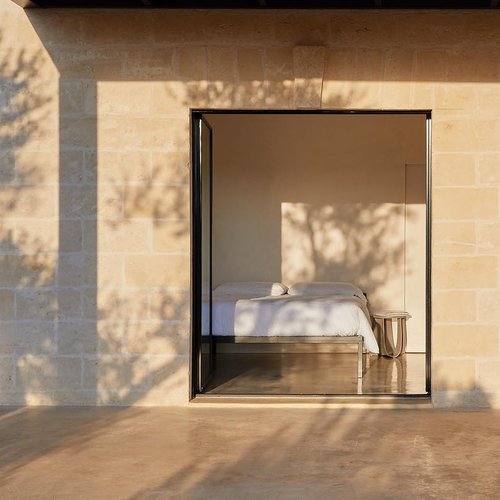
3 min read
The Impact of Natural Light on Your Living Space
Natural light is more important to your health than you think. Here’s what to do if your home doesn’t get enough.
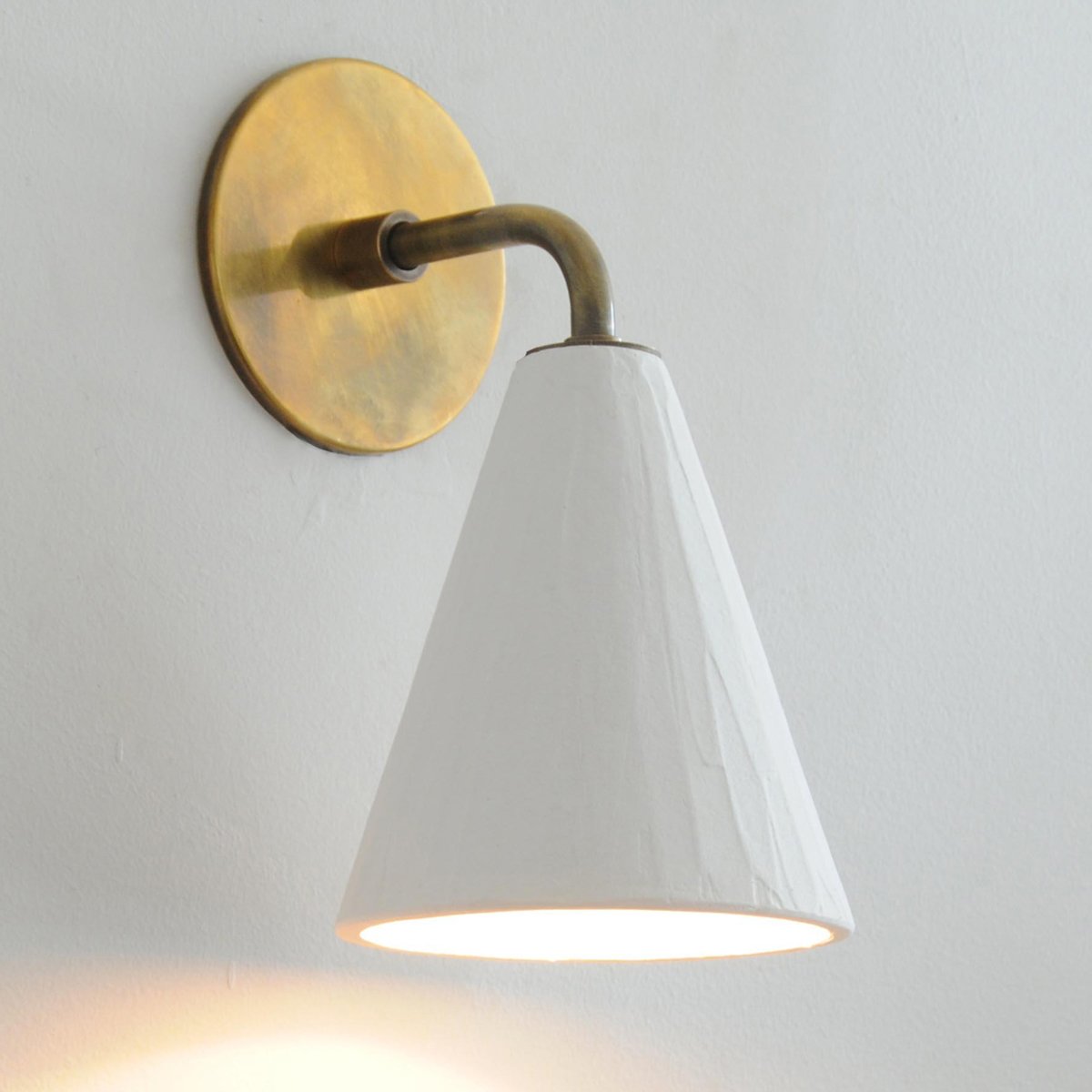
5 min read
WLLW explores the transformative power of home lighting on mood, sleep and overall wellness.
Light serves as a cue in our daily routine. It wakes us gently in the morning, keeps us alert and productive during the day and helps us wind down as night falls. These shifts in lighting do more than influence our perception of what we see; they're deeply connected to our natural rhythms, influencing our overall wellbeing and emotional state.
In the design of our living spaces, the understanding and utilization of light have always been of paramount importance. Le Corbusier, one of the pioneers of modern architecture, emphasized the significance of natural light in his designs, recognizing its power to transform spaces and influence the people within them. We know the value of natural light and that it extends beyond aesthetics; it's vital to our health. It helps our bodies synthesize Vitamin D, regulates our circadian rhythms – the internal clock that guides our sleep and wakefulness – boosts our mood and improves sleep quality.
Yet, as the days grow shorter in the Northern Hemisphere we increasingly rely on artificial lighting. This reliance isn't solely due to seasonal changes, it's also a consequence of our modern lifestyles, which often keep us indoors. Recognizing the importance of artificial light to our overall wellbeing is crucial and it's not merely about design. A well-considered lighting plan can bridge the gap left by natural light's absence, playing a supportive role in our health and synchronizing with our daily routines all year round.
The levels and hues we choose for our lighting, that are measured on a color temperature spectrum in Kelvin (K), can transform how we feel throughout the day. Cooler, blue-tinged light, typically at the higher end of the spectrum at around 6000 K, enhances focus during the day. Conversely, warm, yellow tones, closer to 3000 K, help us relax in the evenings.
Studies have demonstrated the psychological impact of light's brightness, measured in lux (lx), and its color temperature on the Kelvin scale, with different lighting conditions associated with emotions such as joy. Research suggests that a moderate level of illumination, around 100 lx, is often more pleasant than an intense level of 1000 lx, indicating that lower light levels can positively influence our mood. This evidence underlines that artificial lighting's role extends beyond mere illumination; it has a measurable effect on our emotional wellbeing and how we feel in different spaces.
"By making informed choices about the lighting in our homes — such as the brightness and color temperature of our bulbs, the design of our fixtures, or the timing of our exposure — we can create environments that support our natural rhythms."
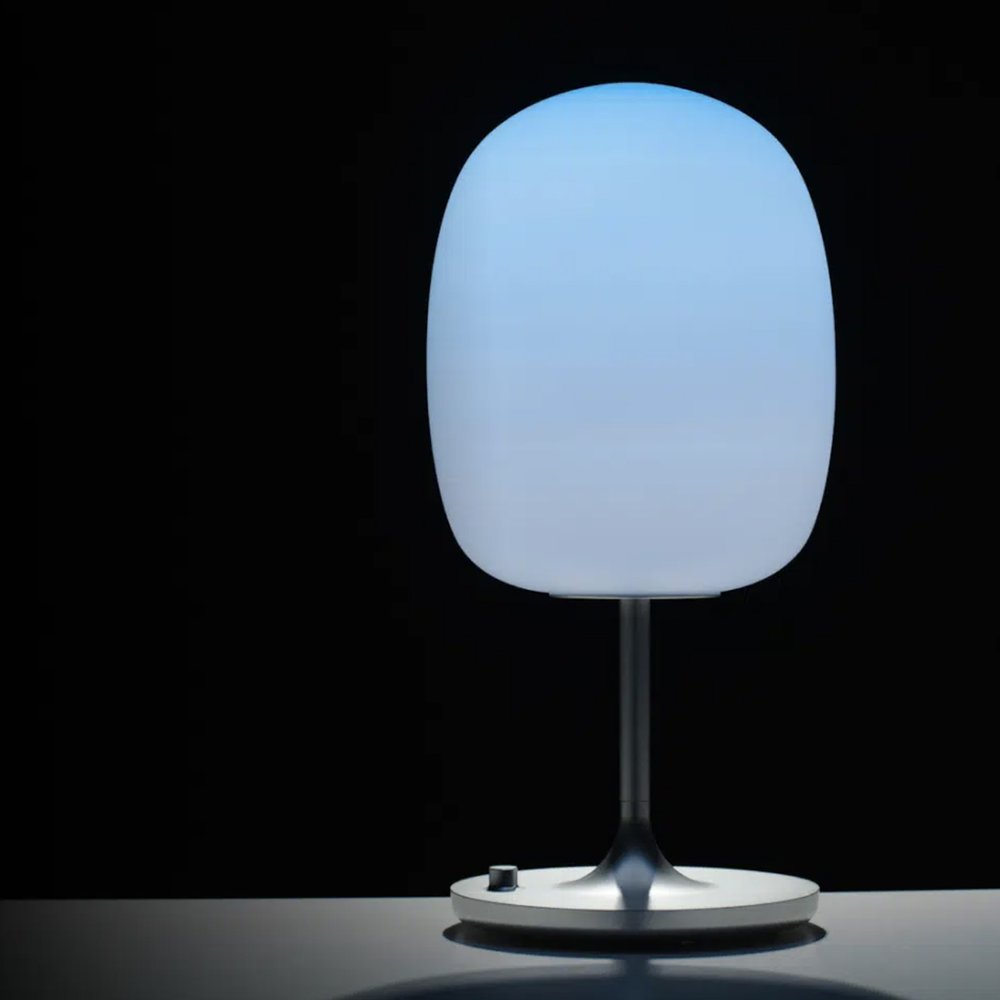

Bright light therapy (BLT), which uses boxes that mimic the intensity of outdoor light, is a prime example of this influence. The therapeutic application of light, especially in cases of Seasonal Affective Disorder (SAD), is well-documented. Such therapy is predicated on the understanding that light has the potential to prompt a chemical change in the brain that lifts a person’s spirits and alleviates symptoms associated with SAD, such as persistent low mood or feelings of anxiety and depression.
To put this into perspective, while a regular household bulb emits a modest 250 to 500 lx, sunlight can deliver a staggering 50,000 to 100,000 lx, illustrating why natural light is so beneficial. However, a BLT box offering 10,000 lx can significantly improve the effects of limited daylight exposure. In a study by Eastman et al., a substantial 61 percent of SAD patients exposed to 10,000 lux of light for an average duration of an hour a day experienced symptom remission within a four-week period. This pivotal research underscores light’s therapeutic value, particularly in the darker months of the year.
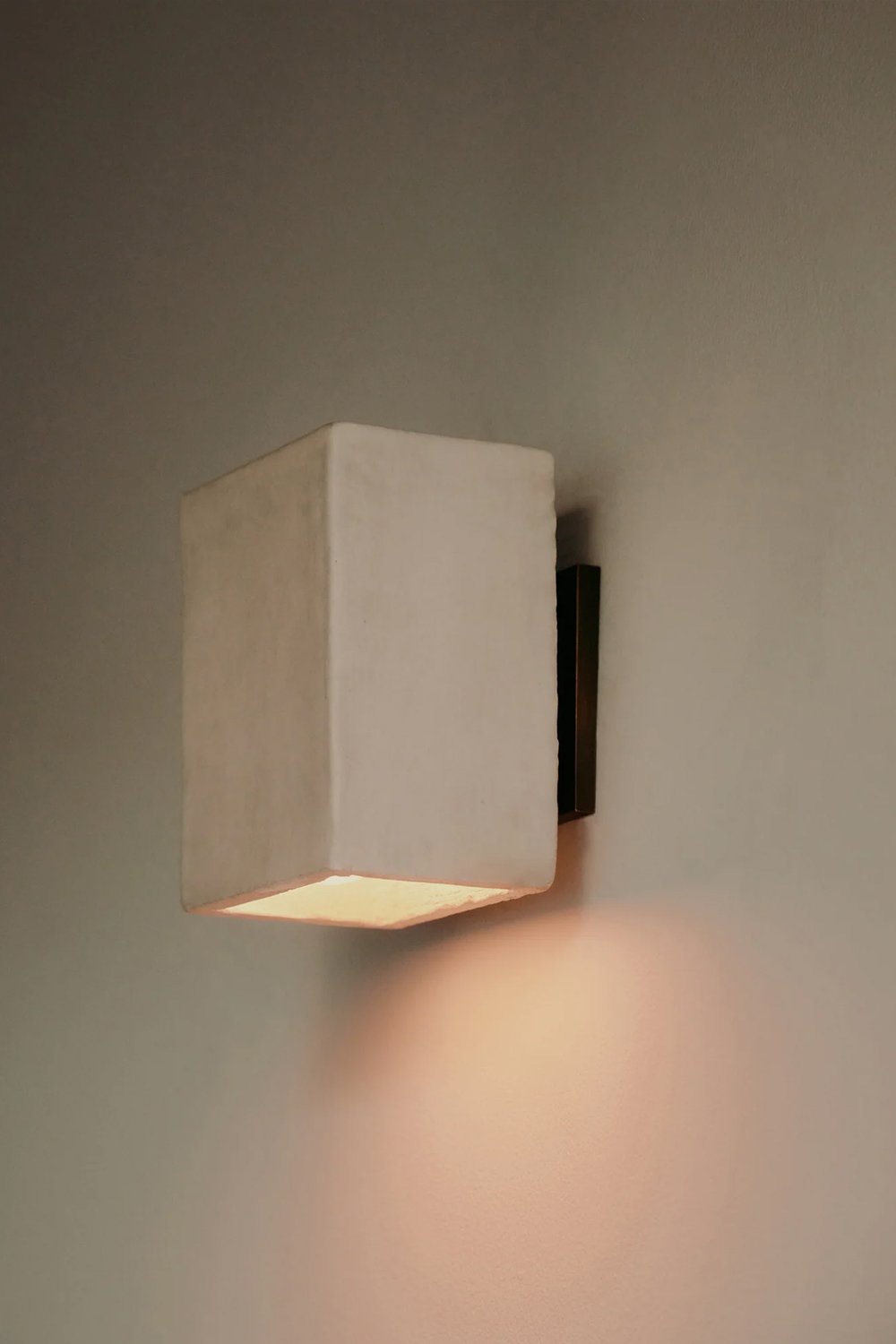
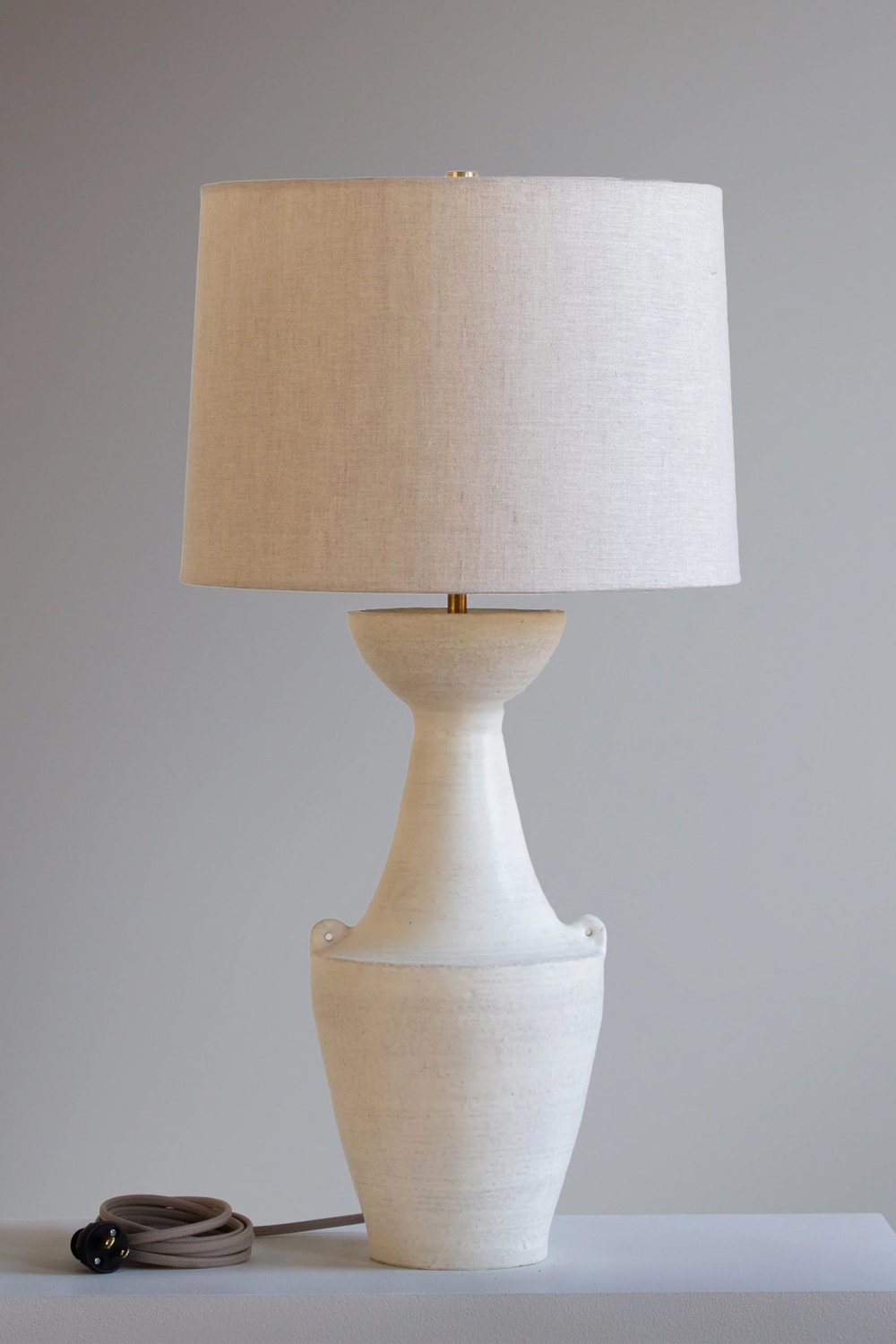
The advent of blue light-emitting technology in our screens and LEDs presents a paradox. These spectra might be beneficial by day, yet by night they may disrupt our sleep and encroach upon our natural rhythms.
The evidence to support this is compelling. According to Harvard Medical School, exposure to bright light at night, particularly blue light, can have disruptive effects, from suppressing melatonin to altering sleep patterns. The message is clear – balance is paramount. Moderating our evening exposure to artificial light, by turning off tech well before bedtime and ensuring our sleeping environments are blue light-free, can help us maintain a healthy sleep cycle.
Moreover, a study highlighted by the International WELL Building Institute (IWBI) and published by the National Library of Medicine reveals that while wake times are often dictated by social obligations such as work or school, artificial light can create a misalignment between our sleep schedules and circadian rhythms, creating a ‘social jet lag’. This underscores the significance of balancing our interaction with natural and artificial light, and the need to moderate indoor light exposure whenever possible.
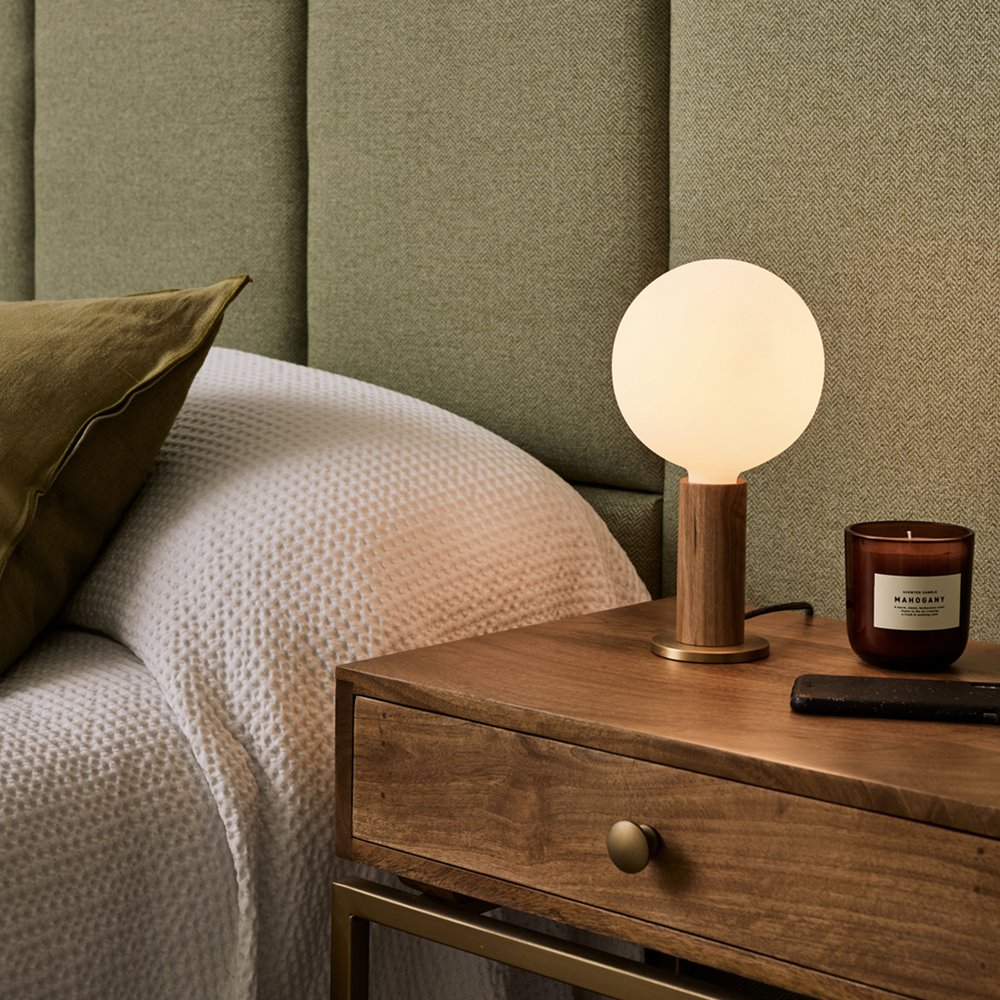
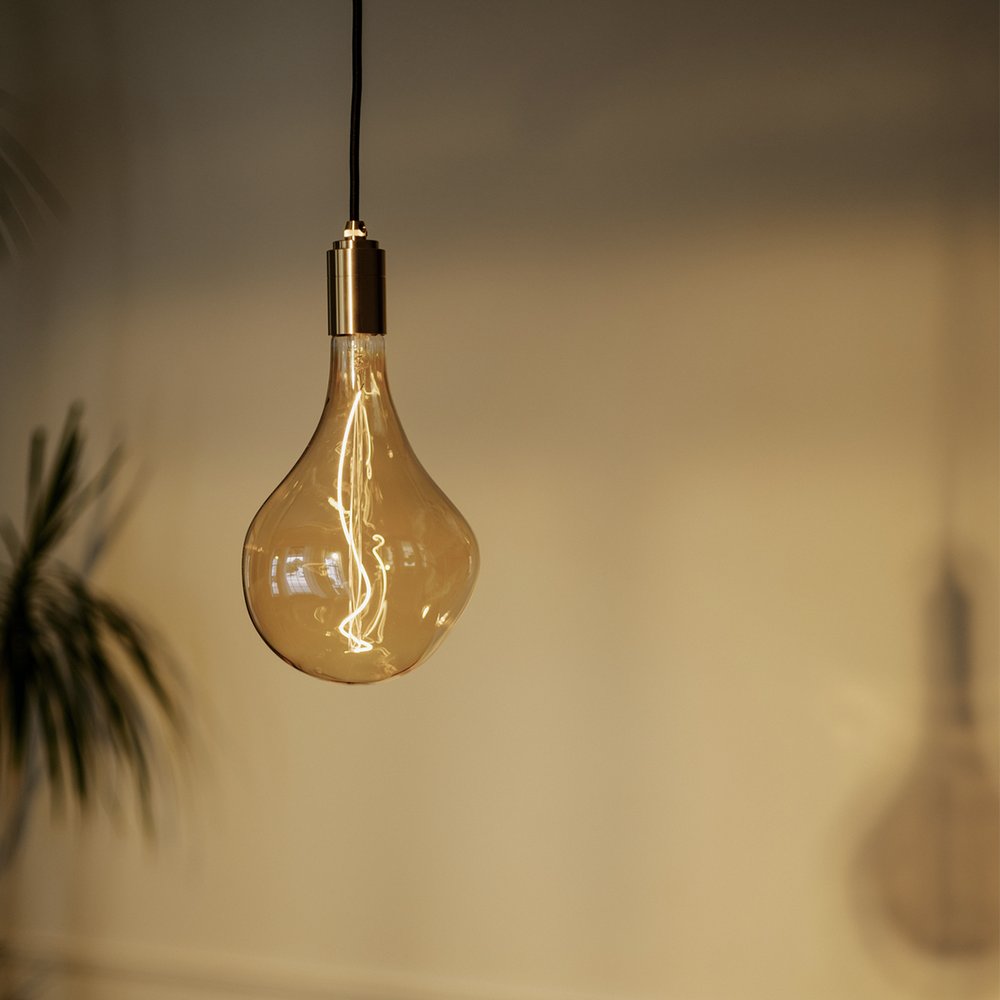
Lighting within our homes needs to be adaptable, offering not just visibility for our day-to-day tasks but also enhancing comfort and ambiance, all while feeling welcoming and reflecting our individual style. By making informed choices about the lighting in our homes – such as the brightness and color temperature of our bulbs, the design of our fixtures, or the timing of our exposure – we can create environments that support our natural rhythms.
Consider the following lighting sources and levels for your home:
Candles are also a popular way to light our homes and are often used to create a certain mood. While they can add a layer of warmth and character, it's important to select those that contribute to a healthy environment. Candles made from paraffin can release Volatile Organic Compounds (VOCs), detracting from the quality of our air. Instead, opt for candles made from natural waxes like beeswax or coconut, with cotton, hemp or wood wicks.
As we navigate the interplay between natural and artificial light, it becomes clear that the choices we make in illuminating our spaces are not just about aesthetics; they are a conscious investment in our health.
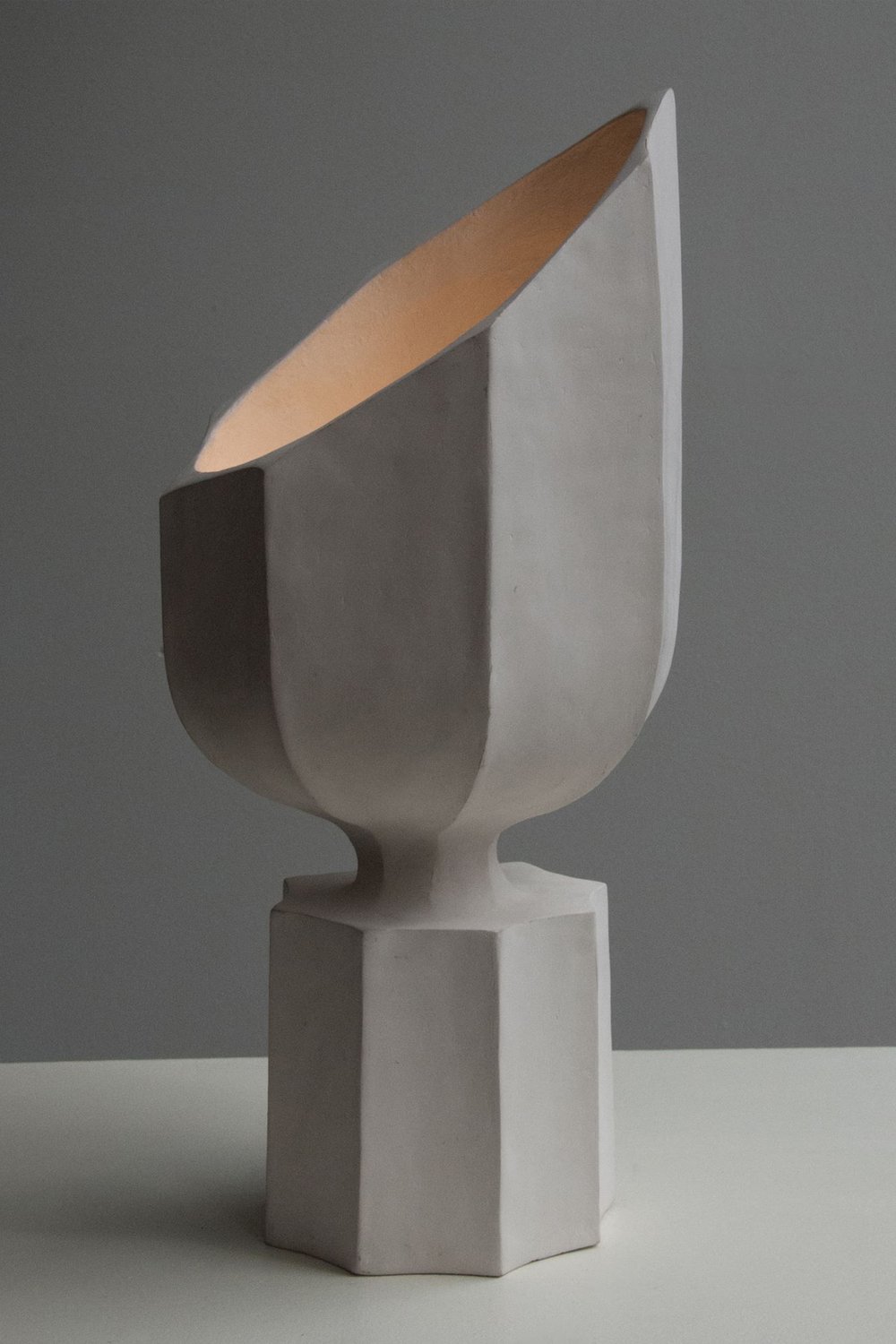

Feature Image: Plaster Cone Wall Light by Rose Unicack
Photography: Skyview, Danny Kaplan Studio, Tala, Dumais Made

3 min read
Natural light is more important to your health than you think. Here’s what to do if your home doesn’t get enough.

2 min read
For over a century, the warm hues emanating from incandescent light bulbs were our main source of light, now they’re outlawed in the United States, paving the way for sustainable alternatives, namely LED.